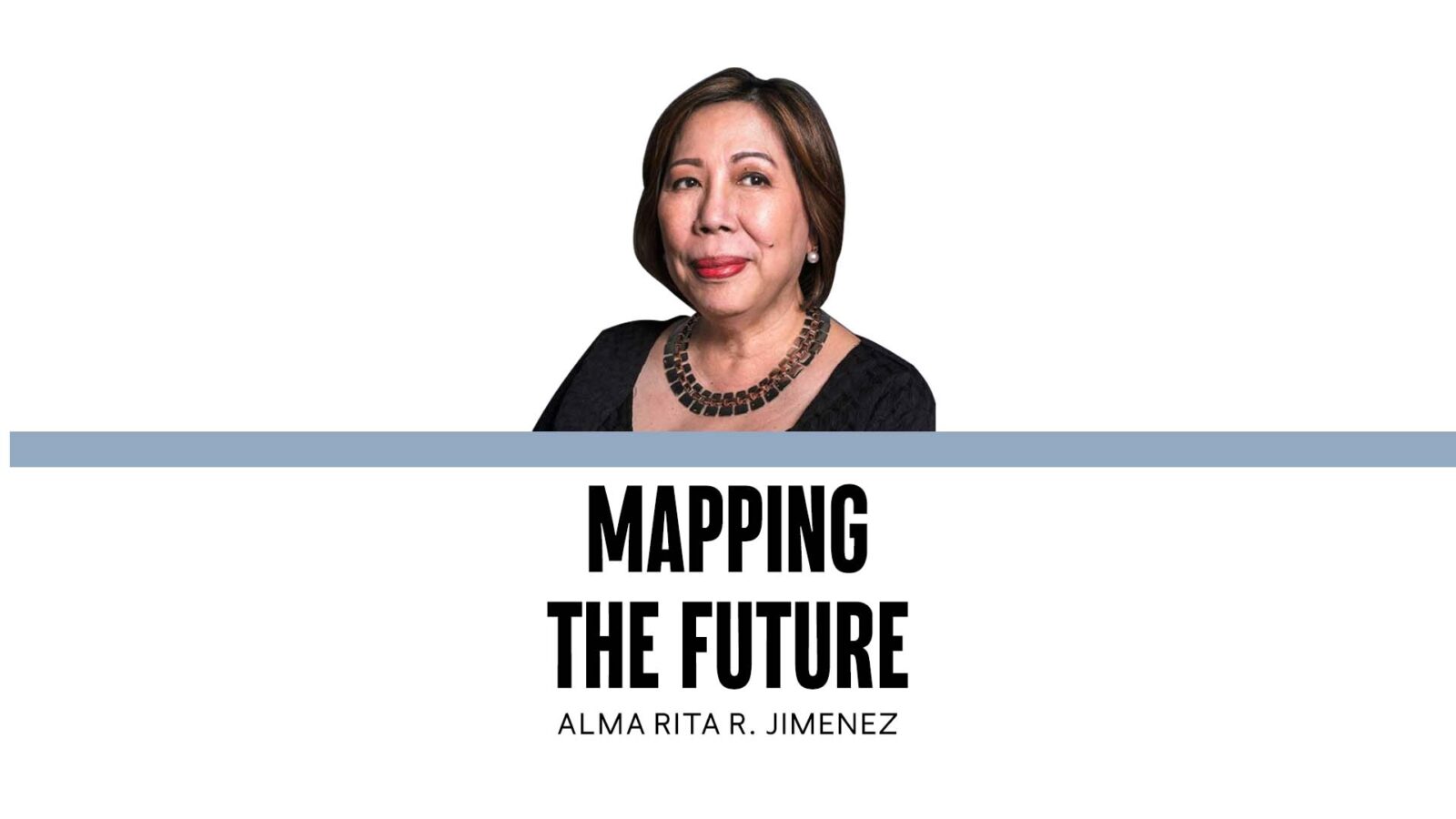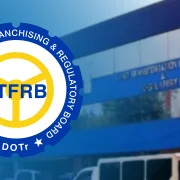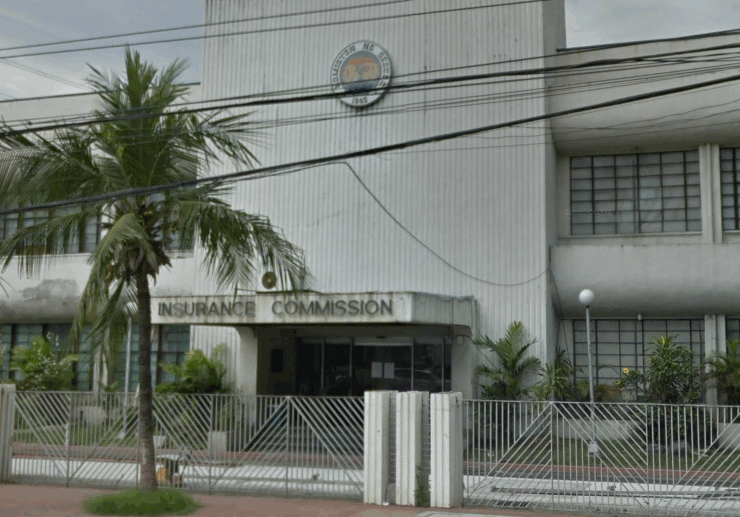MAP Campaign against malnutrition and child stunting

One of the critical factors to which economists attribute the fast growth of the Philippine economy is that we have been cashing in on our demographic dividend. This occurs when there is higher proportion of working people in the total population with the potential to be productive and contribute to growth of the economy.
Our young human capital has a high yield. Consider that:
- 20 percent of our gross domestic product (GDP) comes from the more than 10 million workers employed abroad, sending close to $40 billion in remittances home yearly.
- Information-technology/business process outsourcing workers number around 1.7 million and are expected to increase to 2.5 million in 2028. They generate an estimated $36 billion and expected to rise to $40 billion in the next three years.
- We are able to maintain a strong domestic market base, whose consumption fuels GDP growth because of our young population, despite approximately 16 percent of them living in poverty.
As the World Bank’s statement succinctly put it, “The economic future of the Philippines hinges on its people.” But what if that demographic dividend we are expecting to benefit from falls short of those yield expectations by almost 50 percent? What will that mean for the growth of the country, our businesses and our ability to lift people from poverty and give them a better chance at improving their lives?
Persistent undernutrition will deprive our young ones, our human capital, a chance for a brighter future. For nearly 30 years, there have been almost no improvements in the prevalence of undernutrition in the Philippines.
Investments need to be made in children’s nutrition, health, education, living condition and general wellness, especially those in marginalized communities, so they can grow to be healthy, skilled adults with a better chance to improve their quality of life.
The most crucial stage to do this and achieve best results is in their first 1,000 days, from the day they are conceived until their second birthday.
There is urgency in addressing this because there is only a ‘narrow window of opportunity’ in a child’s life to optimize the benefits of good nutrition.
Undernutrition occurring during this narrow period can lead to extensive and potentially irreversible damage to their brain development and physical growth. The consequence is manifested in decreased capacity for productive human capital formation.
This is why this campaign against malnutrition and child stunting matters and should continue to be at the top of the social and human development agenda of Management Association of the Philippines (MAP). Eventually, its consequence will be felt in every business organization already dealing with talent retention challenges.
It is not even far-fetched to attribute the observed inadequacy of critical thinking skills among our young ones today as effects of stunting since malnutrition has been prevalent for the last three decades. Thankfully, the 2023 MAP Board of Governors took on the challenge of initiating the Campaign against malnutrition and child stunting (CAMACS) and shepherding this from that time to the present.
Complex issue
From the start, however, it was recognized that malnutrition is an extraordinarily complex issue and campaigning for its eradication requires multi-dimensional interventions—addressing not just the health and hygiene issues, but also the environment and societal conditions that cause and exacerbate the conditions. MAP obviously cannot wear all the hats, and neither was it intended that the association take over or duplicate the many worthy efforts that had been done, are being undertaken and will be implemented in the future.
As befits the management expertise of the association, the core planning group identified where we can make the most impact—ensuring the efficiency and effectiveness of the CAMACS program. Three key roles stand out: we can help educate, we can encourage and we can engage. These became the clusters that were organized into three teams and through their activities resulted in the following:
- Bring CAMACS to national prominence. Once launched in April 2024, the extensive coverage of the media placed the malnutrition campaign in national consciousness. It became a topic of conversation.
- Lead to partnerships and linkages. The national conversation led various government agencies to partner with MAP in their initiatives, notably Department of Social Welfare and Development, Department of Health, Nutrition Council of the Philippines, World Bank, the embassies, Unicef and Rotary Clubs—they all got onboard the CAMACS.
- Convene multi-sectoral collaboration for CAMACS. The partnerships and linkages gave MAP the needed ‘credentials’ to be a convener and got various foundations, nongovernmental organizations and company corporate social responsibility (CSR) programs to welcome the idea of working in collaboration with those who are already doing their initiatives and how we can maximize these resources through complementation.
MAP may have resource constraints to actually undertake various projects needed for the CAMACS to make an impact, but its strong membership base and stature can enable those already on mainstream to be harnessed in the most effective ways.
Moving forward, it can:
- Continue its role as a convener and be the clearing house for constructive collaboration among the different players that comprise the CAMACS ecosystem.
- Keep the momentum of the conversation using MAP’s visibility to shine the spotlight on the campaign, continue to generate/increase awareness and continuing engagement through regular releases, forums, policy advocacies and persistently push for public reforms and actions.
- Amplify active participation of members by mobilizing their organizations’ CSR programs to help in any of the requirements that will help the CAMACS. We had already identified these priority areas where we can hook them up with other organizations already doing the work.
It is important to remember that whatever we do and accomplish, we may not be able to totally eradicate a problem that plagued us for decades on an up-and-down swing. We also know we cannot be all over the place. Narrowing our focus on what we can deliver in the spaces we control will increase the chances of better outcomes.
That was how MAP organized its initiatives and its activities from 2023 to present— around areas where it can draw on its expertise, and where the outputs will move the needle —in communication, policy reforms and actionable research, and fostering collaboration and linkages.
MAP must continue to be a strong voice in this arena so it can help in cutting what can potentially become a staggering loss of human and economic potential particularly on three key areas:
- Lowering the risk of morbidity and mortality and managing the potential risk for transmission across generations: Undernourished children are more likely to suffer poor health and shorter lifespan, which can result in diminished ability to help in social and economic alleviation for their families.
- Addressing decreased lifelong income-earning potential and labor force productivity in both the short and long terms —two areas where undernutrition will have the most adverse effects
- Reducing higher health care costs and the expense for providing social safety net: In so doing, resources can be channeled to better social development services, such as investments in education and skills building.
If we do our role effectively, if we persist, if we can patiently wear down these stones that block our ability to prosper, we can achieve something. At the very least, the future generation will not say we did not try because that future is what we are and will be investing in today.




















